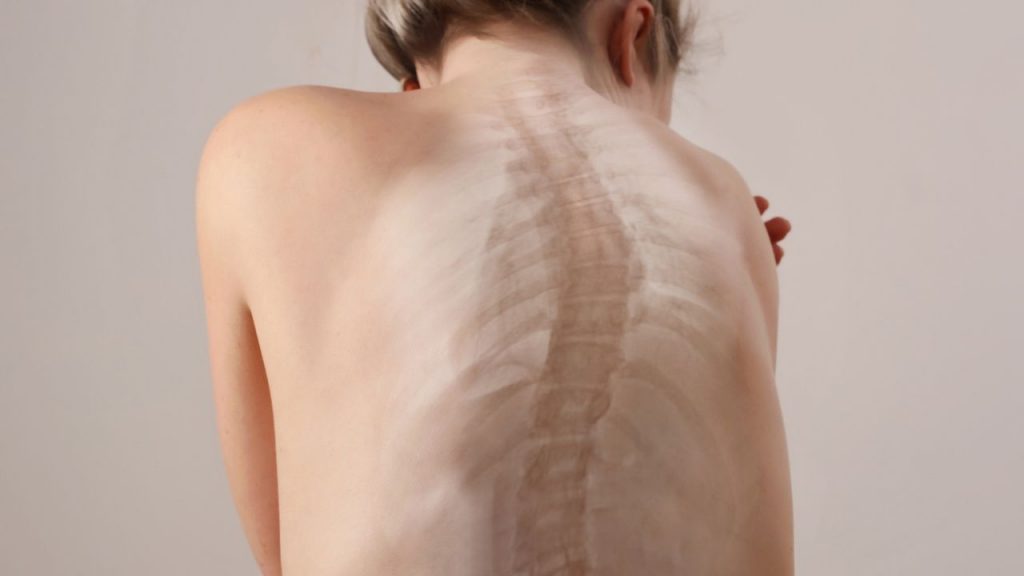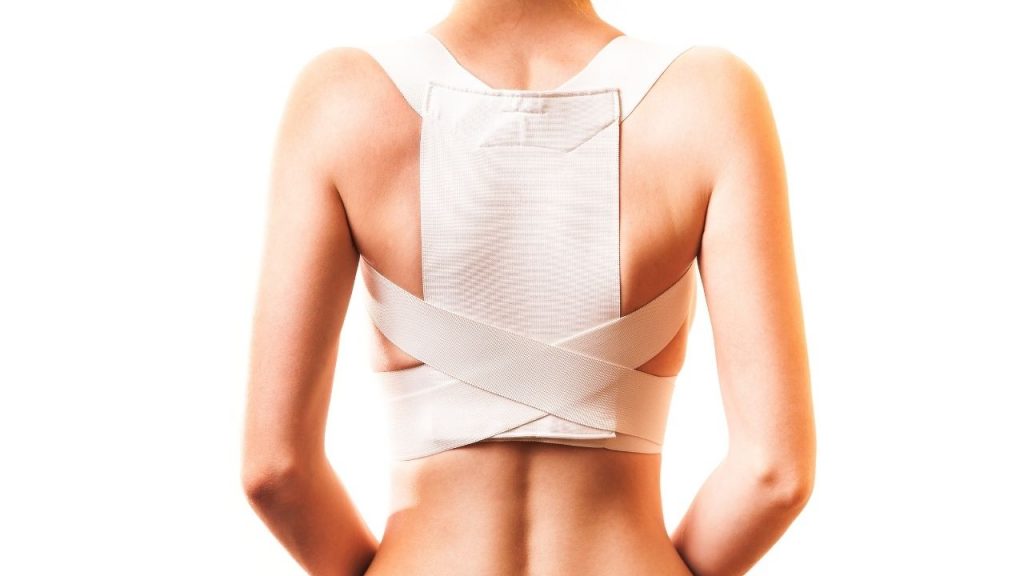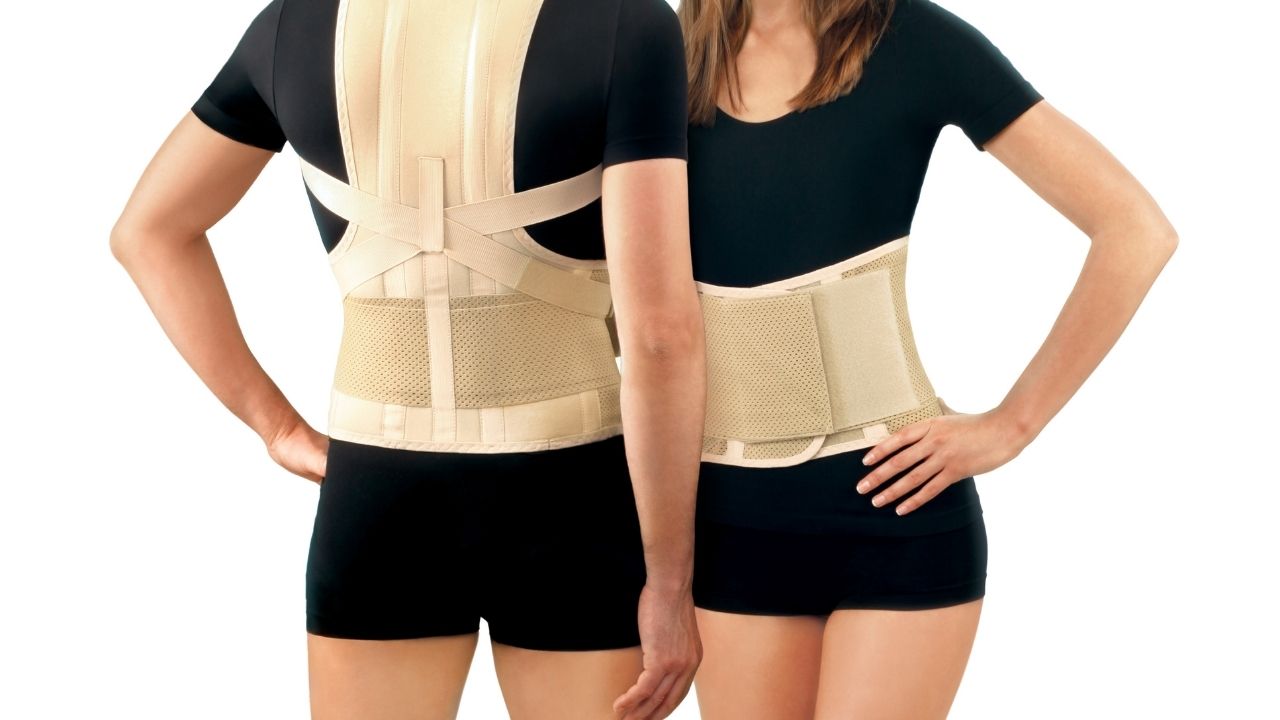To treat and handle any issue, we first need to define it; what is scoliosis exactly?
Scoliosis is a severe medical condition; it is a sideways curvature of the spine. Meaning, when you look at a patient’s front or backside, you should be able to notice the spine leaning at some point to one side.
This sounds dangerous, right! Fortunately, while 3% of people have scoliosis, only 0.1% require medical or surgical intervention.
Scoliosis’ symptoms usually begin to appear during childhood or teenage years, and the younger it starts to show, the worse it could get. Therefore, it is better to look into treatments as soon as you get a diagnosis.
“What causes scoliosis? Is there a way for me to avoid it?”
Although injuries, accidents, nervous illnesses, or congenital malformations can lead to scoliosis, direct causes aren’t apparent yet.
“How about treatment? Is there a cure?”
Scoliosis is a non-curable condition once the patient is a grownup; it could never entirely disappear. Some medical procedures can still be done, such as surgical intervention or conservative treatments like wearing a corset and applying physical therapy.

Which factors define the best treatment for scoliosis?
Treating and handling scoliosis depends on many factors, the most important of which are the following:
- Age: for children with scoliosis, a progressive condition is more likely to grow; spine curvature is more likely to increase while aging. Therefore treatment ways change as patients get older.
- Placement of injury on the spine plays a significant role in how to treat it.
- Curvature angle: doctors first test the curvature angle by doing an X-ray. If the angle is less than 20 degrees, your best chances are conservative treatments such as corsets and physical therapy. Meanwhile, if you are facing a condition of 25 – 50 degrees angle, you better go for surgical intervention. However, there are some severe conditions where the curvature angle is about 70 degrees; surgery is needed then, plus wearing a corset.
Conservative treatments are better when treating younger patients, they have flexible bodies, and their injuries are usually mild. This kind of therapy prevents developing a worse condition.
Specialists recommend wearing a corset as soon as they diagnose your condition until growth arrests, along with visiting the doctor regularly every six months.
It’s also important to keep an eye on curvature angle changes and adjust the corsets’ angle according to the curvature angle. That’s how a corset can help to correct curvature angle and to prevent its worsening.
You can also use corsets after surgery; they help the spine’s vertebrae stay steady, which leads to better results.
How do corsets help scoliosis?

Some particular types of corsets are customized to help scoliosis. A curative corset applies a certain amount of horizontal pressure to three different points, the top of curvature and its other two ends. Corsets apply the most significant pressure to the curvature’s top; a bigger curvature angle requires more pressure.
Corsets also help to reset both hips and chest into their natural places if they are misplaced.
For how long should you wear a curative corset?
The answer depends on both your age and curvature angle. As we mentioned earlier, children wear corsets until growth stops to prevent curvature angle growth.
Time for grownups varies according to their condition. It usually takes months to several years. The longer time patients wear the corset, the better results they notice.
Sometimes, when the condition is severe and surgery is needed, people refuse surgical intervention and prefer to wear a corset; this way, the corset isn’t curative; it only helps reduce pain.
Back to the bigger question, can corsets help scoliosis? It can reduce the curvature, minimize pain, and help the treatment process, but it is not a cure.
Now, if you set out to purchase a corset, it is essential to go for high-quality material; you can find it at MetroBrazil; feel free to explore your options and pick the right fit after consulting your doctor.
Read More: Corsets after Liposuction: Your Way towards a Faster Recovery
